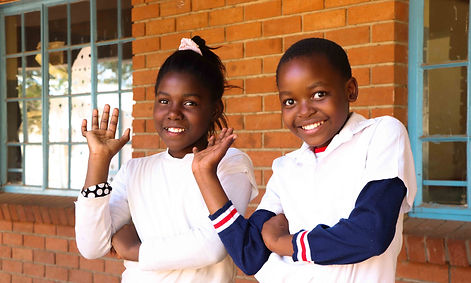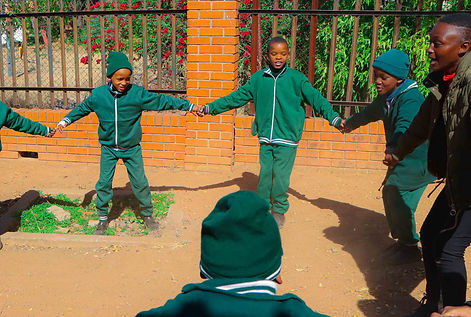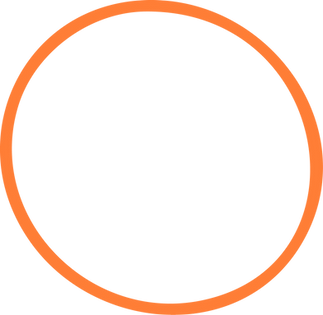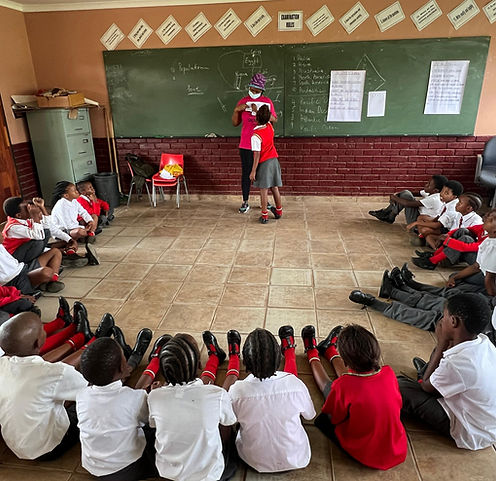

Programs
Teaching at the Right Level (TaRL) improves foundational numeracy and literacy outcomes in primary school children. Instead of grouping students by age or grade, TaRL uses fun techniques to teach them at the level they are currently at, ensuring every child gets the instruction they need to succeed.


Why it matters
Across many countries, students are in school, but learning very little. In Botswana for example, 88% of students in their final year of primary school couldn’t perform simple division, and 40% couldn’t read a basic story. Most education systems promote students automatically, even when they lack foundational skills, leaving them behind and locked out of future learning.
Standard classroom instruction often moves too quickly, assuming children are at grade level when they are not. This learning crisis is not unique to Botswana; it’s a global challenge. Traditional interventions like more textbooks, smaller class sizes, and increased funding haven’t solved the issue.
What TaRL does differently
TaRL begins with a simple assessment that places students in groups based on their learning level rather than their grade. Students then receive one hour per day of interactive, fun, level-appropriate instruction during the school day. As students master concepts, they move up through skill levels. The result is that students who were behind finally can master foundational skills.




“This program is very important to children, it taught me a lot. It was so great that the teachers were loving and kind. They're so good at teaching. I even want to be a teacher, teaching other students like how they taught me.”
Angel, TaRL student (Botswana)

How do we know it works?
The TaRL approach consistently produces some of the largest effect sizes in the education literature. Developed by Pratham and J-PAL over 20 years, and rigorously evaluated across 11 RCTs, TaRL improves learning outcomes when implemented well. We found that TaRL delivers 1.85 years of learning gains in a 30-hour program. In 2023, the Global Education Evidence Advisory Panel (GEEAP)—an interdisciplinary panel of leading global experts—named TaRL one of just three “best buy” interventions in its Cost-Effective Approaches to Improve Global Learning report, citing its strong evidence base and cost-effectiveness.

How do we make it work even better?
Every school term, we run randomized iterative A/B tests to improve the TaRL program. We test variations in content, delivery, and materials to find ways to: improve outcomes, lower costs, or scale more effectively.
Some examples of what we’ve tested, and what we learned:
This rapid, rigorous, and regular optimization means we’re always delivering the best possible version of TaRL.
Can we reduce the costly in-person coaching visits while preserving impact?
Yes; one of the two school visits can be swapped from in-person to virtual, without losing impact. We adopted this change, which reduced the program’s cost.
Should teachers continue progressing to the next lesson when 70% of children get a daily quiz question (or “checkpoint” question) correct, or should we change the benchmark to 85%?
Do not change: 70% is an optimal benchmark for pacing lessons and progressing through material quickly while not leaving children behind.

Can gender-empowering literacy stories improve girls’ aspirations without compromising impact?
Ensuring stories used in the TaRL class showcase aspirational role models can improve agency in future career aspirations, while keeping learning on track.

Scale model
The vast majority of delivery at scale is led by the government through teachers and national service program participants. We also run a small direct delivery site through directly hired Youth Impact staff to spark the system, and for ongoing innovation and testing. This combination enables us to improve the program continuously through rigorous experimentation like A/B testing, while also ensuring scale is led by the government and embedded in sustainable government systems.
Where do we deliver TaRL?
We work closely with governments to deliver TaRL in the following countries:
Botswana
Namibia
Philippines
South Africa



